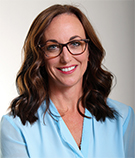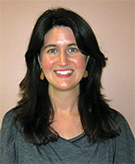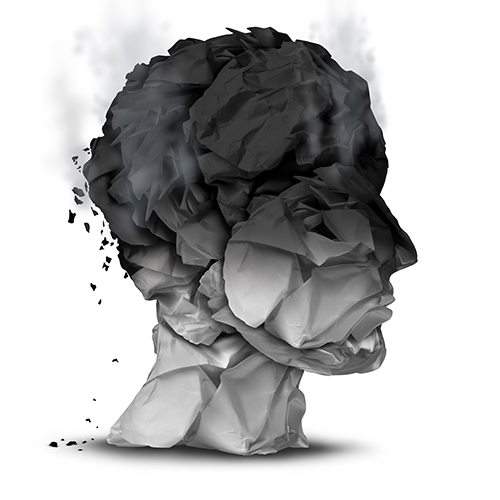Patient Interaction May Help Mitigate Radiology Burnout
In the final article in a three-part series on burnout, experts discuss effective solutions for preventing/overcoming stress


Burnout is a hot-button issue for doctors across the entire medical spectrum — including in radiology. In fact, one 2017 study estimates that 50 percent of radiologists are suffering from burnout, which manifests in a variety of ways.
But because the causes of burnout are often multi-layered and continue to shift with the changing healthcare environment, reversing and/or preventing radiology burnout does not happen overnight. Solutions can be as complex as the root causes, experts say.
Nevertheless, the most effective strategies tend to begin at the same place: the beginning.
“We must remember why we decided to enter the field of medicine in the first place,” said Cheri Canon, MD, a professor and the Witten-Stanley Endowed Chair of Radiology at the University of Alabama at Birmingham School of Medicine, who presented a session on burnout solutions at RSNA 2017. “Ultimately, if we are able to keep the patient at the center of our activities, we can mitigate against burnout,”
Recent research from the Mayo Clinic found that spending one day a week doing truly meaningful work, such as with patients, may help prevent burnout, Dr. Canon said. “I often say that we should remember that behind every pixel in our PACS is a patient, and our clinical decisions will have far-reaching implications for them,” she said.
Patient interaction is also key to a 2017 study, “A Picture of Burnout: Case Studies and Solutions Toward Improving Radiologists,” which recommends that radiologists, who often work in isolation, strive to increase their visibility in patient care.
The study, published in the journal Current Problems in Diagnostic Radiology, estimates that radiology has a 50 percent burnout rate and ranks the specialty 10th out of 25 surveyed in terms of burnout.
Lead author Nicole Restauri, MD, an assistant professor of radiology at the University of Colorado School Of Medicine, Aurora, created fictional cases focusing on common sources of burnout, including isolation. In one case, a small-town radiologist moves to an academic setting where he interacts with colleagues far less frequently than at his previous workplace. Soon he is feeling stressed and isolated.
“Increasing isolation played a significant role in developing symptoms of emotional exhaustion and depersonalization,” according to Dr. Restauri, who named lack of autonomy and control over the work environment, the absence of meaningful work and the changing healthcare landscape as other sources of radiology burnout.
Along with increasing patient interaction, the authors also recommend that radiologists engage more with their colleagues as part of a multidisciplinary team, which increases feelings of value and connectivity. And radiologists should cut back on less rewarding, non-physician-related tasks such as paperwork when possible.
A Two-Tiered Solution
Ultimately, burnout solutions occur at two levels — organizational (system level) and individual — and successful solutions take both into account, Dr. Canon said. A culture shift must take place in which healthcare engages in a dialogue with physicians to develop solutions that can be implemented on both levels.
Another common source of radiology burnout — lack of leadership skills — is one area the organization and physician can work on together, Dr. Restauri said.
For example, a second case in her research involves a radiologist whose once positive work attitude spiraled after he was asked to lead a committee — with disappointing results. Even though he completed significant goals, he felt that his recommendations were disregarded and the institution failed to implement key components, negating the value in hours of hard work.
“Communication at this radiologist’s practice was poor and he did not receive the proper amount of feedback, promoting a diminished sense of accomplishment in a physician who was initially engaged and productive,” Dr. Restauri said.
Possible solutions include leadership training and regular assessment of leadership performance, programs focusing on communication skills and conflict management, and productive feedback. Dr. Restauri also recommends using both executive and personal coaches — the latter charged with treating burnout with mindfulness practices and values clarification.
Validated assessment tools including the Maslach Burnout Inventory and the Mayo Clinic Physician Well–Being Index are available to measure burnout, Dr. Restauri said. Self-monitoring will become an important aspect of mitigating burnout, but only if organizations begin to engage in a dialogue with physicians to develop solutions that can be implemented on an organizational as well as individual level, she said.
On an individual level, experts suggest solutions that center on physical and psychological well-being and create a healthy work-life balance. Dr. Canon suggests exercise, yoga, mindfulness practice, adequate sleep and nutrition to name a few.
“Taking care of our own bodies is the first step toward being effective at taking care of others,” she said.
